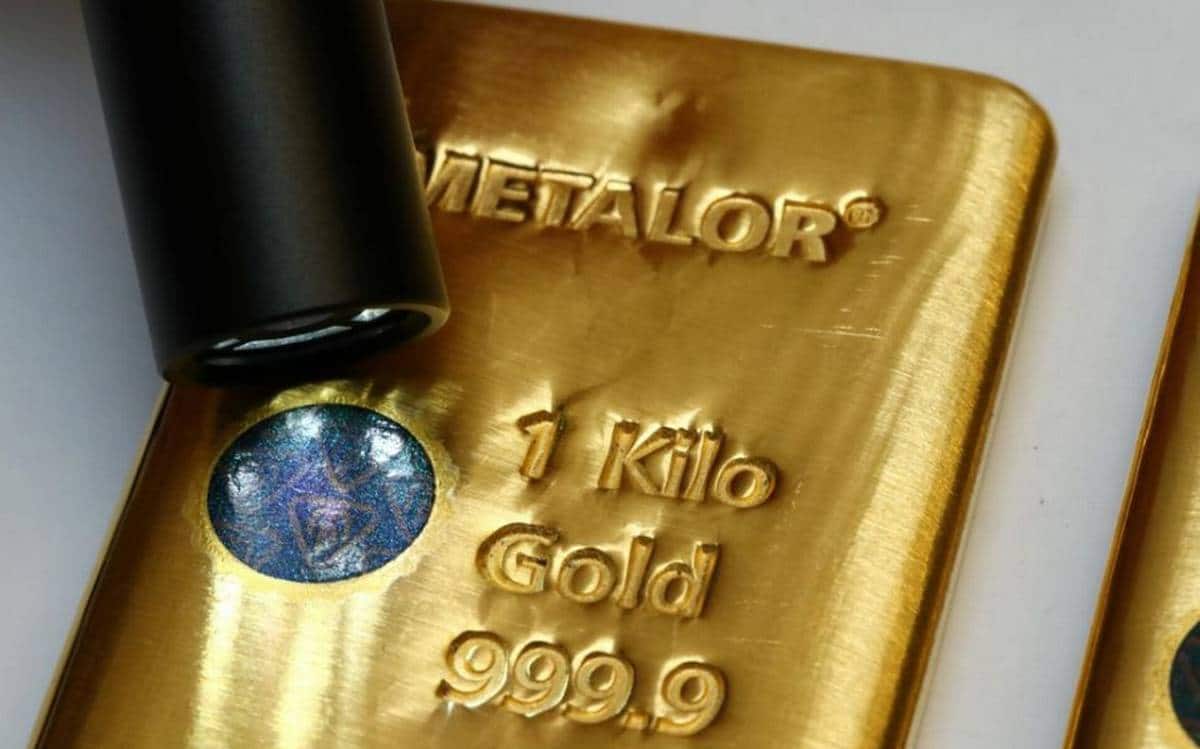Sentiments driving the value of gold has shown no sign of slowing down since last 6 years. Priced at $1,545/oz, today, the commodity has hit a new high. Until now it has made over 20% this year and has reached its peak since March 2013.
On the contrary, such escalating gold prices have paved the way for informal and illegal mining since the mid-2000s. According to a recent report from Reuters, a hefty amount of fake gold bars have been illegally injected in the market.
Gold bars consisting of fraud stamps and logos of major refineries are largely entering the market, the report says. J.P. Morgan was the first one to announce that there are at least two gold kilobars in its vaults, with the same identification number stamped on them.
Determining the exact locations of the vaults has not yet been possible. J.P. Morgan, though, has refrained from contributing to any further details about the fraudulent bullion.
It’s our standard practice to immediately alert the appropriate authorities and refineries should we discover mismarked gold kilobars during routine checks and procedures.
Advertisement
The bank said in a statement,
Fortunately, we have yet to have an incident resulting in a loss to the firm or a client.
The origin of these fake bars remains yet to be discovered. However, executives and bankers believe that most of them originate in China, the world’s largest producer and importer of the gold producer. They penetrate the market via traders and dealers from Hong Kong, Japan, and Thailand. Once a mainstream gold dealer accepts any of these fake bars, they can rapidly spread into supply chains worldwide. Then they are mostly used for laundering smuggled/illegal gold exploited by narcotics traffickers or warlords.
In the last three years, gold bars (fraudulently stamped with Swiss refinery logos) worth at least $50M have been identified by 4 of Switzerland’s largest gold refiners. All of them have been found in the vaults of JPMorgan Chase & Co., one of the major banks of the gold market.
Backing it up, senior executives of gold refineries have reported over 1,000 such fake kilobars have been found. Considering the massive gold industry that produces roughly 2 million to 2.5 million such kilobars each year, a thousand is still a small share of output. But what concerns the most is the fact that thousands more of them might have gone undetected.
Advertisement
Michael Mesaric, the chief executive of refinery Valcambi, says, “The latest fake bars are highly professionally done.” Although a couple of thousands have been detected, it’s most likely that there are “way, way, way more still in circulation. And it still exists, and it still works.”







